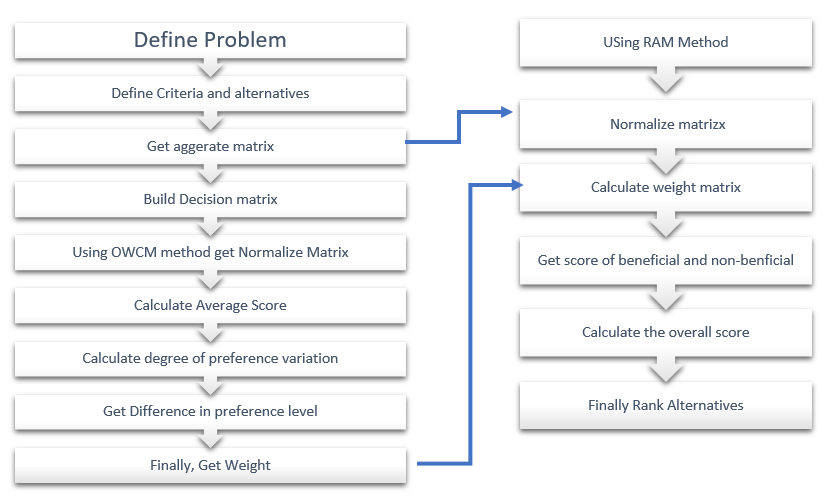Modeling Metaverse Perceptions for Bolstering Traffic Safety using Novel TrSS-Based OWCM-RAM MCDM Techniques: Purposes and Strategies
Main Article Content
Abstract
The Metaverse has the potential to revolutionize various aspects of human life, including transportation systems. The integration of the Metaverse into intelligent transportation systems has the potential to significantly improve traffic safety in smart cities. By creating a virtual replica of the physical world, the Metaverse can provide a platform for testing new traffic management systems, road designs, and vehicle technologies in a controlled and safe environment before implementing them in the real world. One way to integrate the Metaverse into intelligent transportation systems (ITS) is by enhancing traffic safety. This can be achieved by developing an evaluation model that considers both safety and traffic efficiency. The proposed evaluation methodology encompasses three phases. Firstly, the obligations/criteria, and subsidiary obligations are modeled into nodes within levels based on Tree Soft Sets (TrSSs). Secondly, the Opinion Weight Criteria Method (OWCM) is utilized for generating the weights for obligations and subsidiary obligations. Finally, the Root Assessment Method (RAM) harnesses the generated weights for assessing and ranking alternative approaches to improving traffic safety in smart cities. The utilized techniques are working under the authority of neutrosophic theory to support these techniques in uncertain and ambiguous circumstances. Subsequently, the proposed methodology is tested in a case study that considers three alternative approaches to improving traffic safety in a smart city. The criteria for evaluation include safety and traffic aspects. The results of the case study indicate that the proposed evaluation model effectively ranks the alternative approaches based on their safety and traffic efficiency. This suggests that the Metaverse can be effectively integrated to enhance traffic safety and improve overall transportation efficiency. Overall, the results of the case study suggest that the proposed evaluation model effectively ranks the alternative approaches based on their safety and traffic efficiency. This indicates that the integration of the Metaverse can indeed enhance traffic safety and improve overall transportation efficiency in smart cities.
Downloads
Article Details

This work is licensed under a Creative Commons Attribution 4.0 International License.





